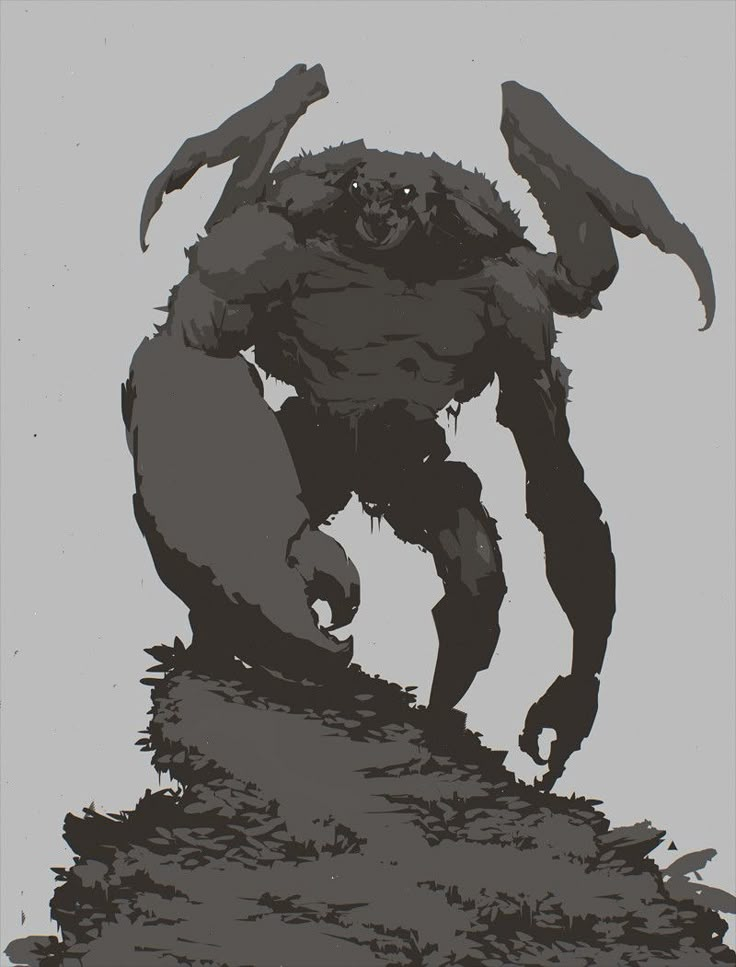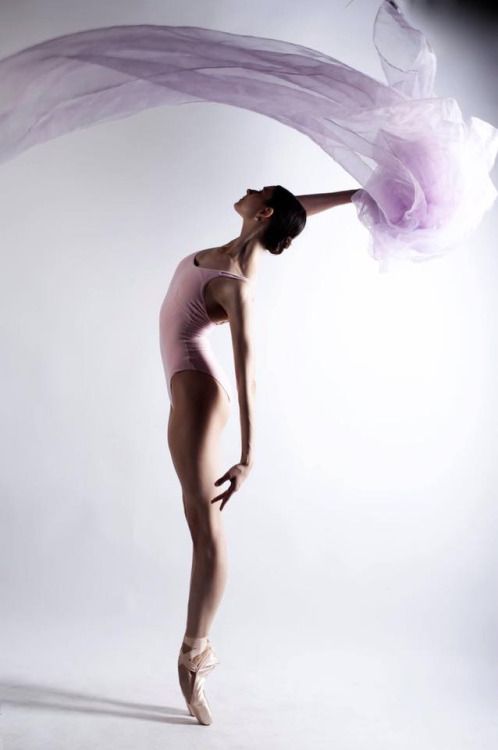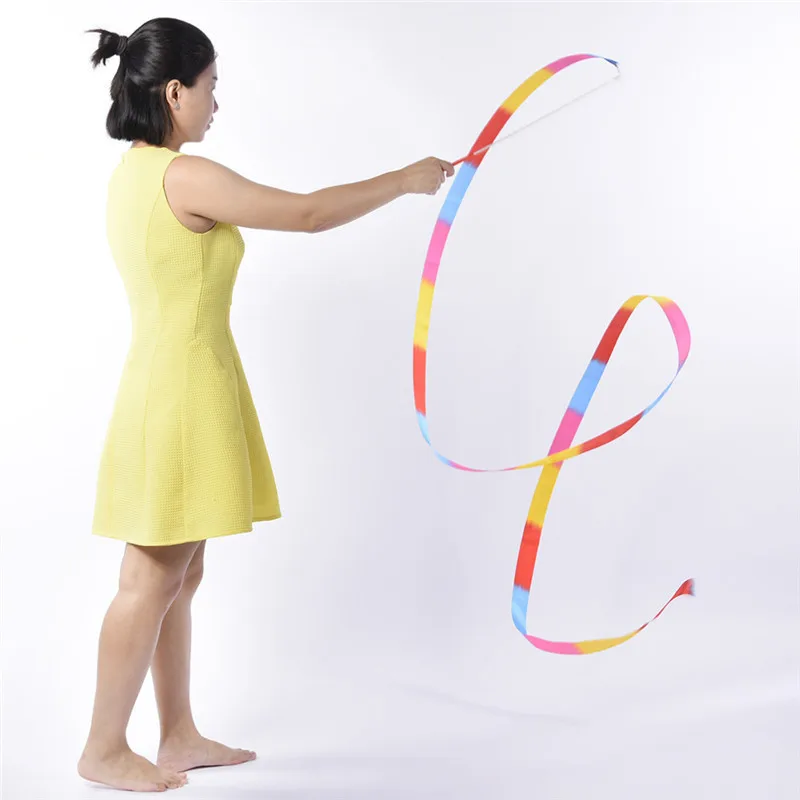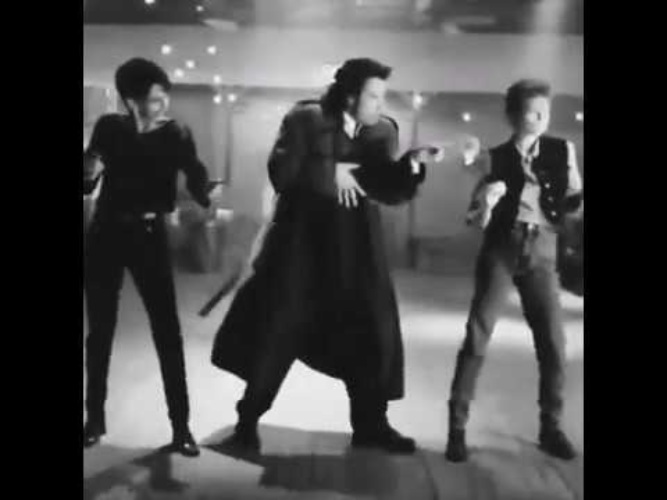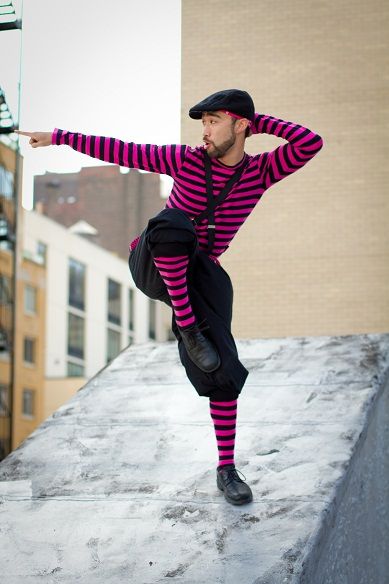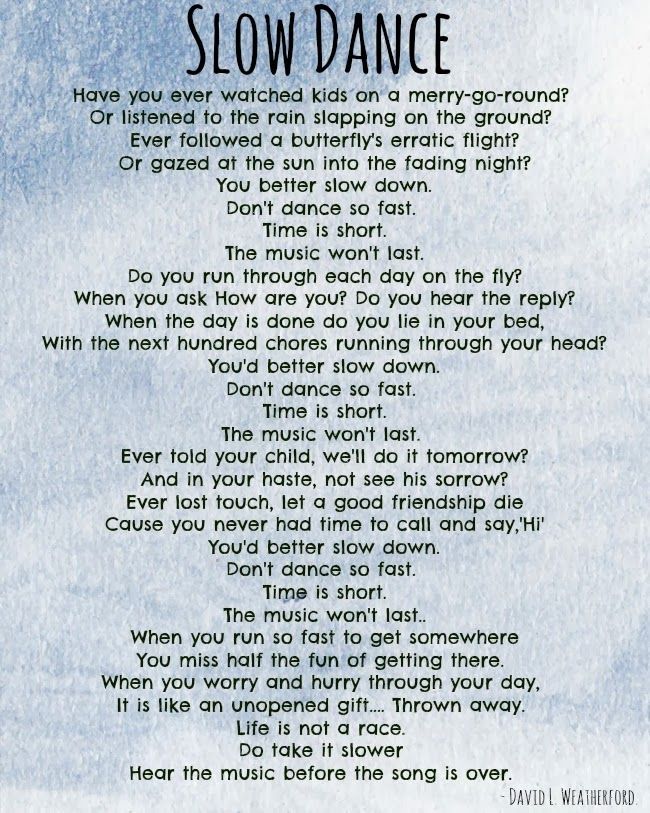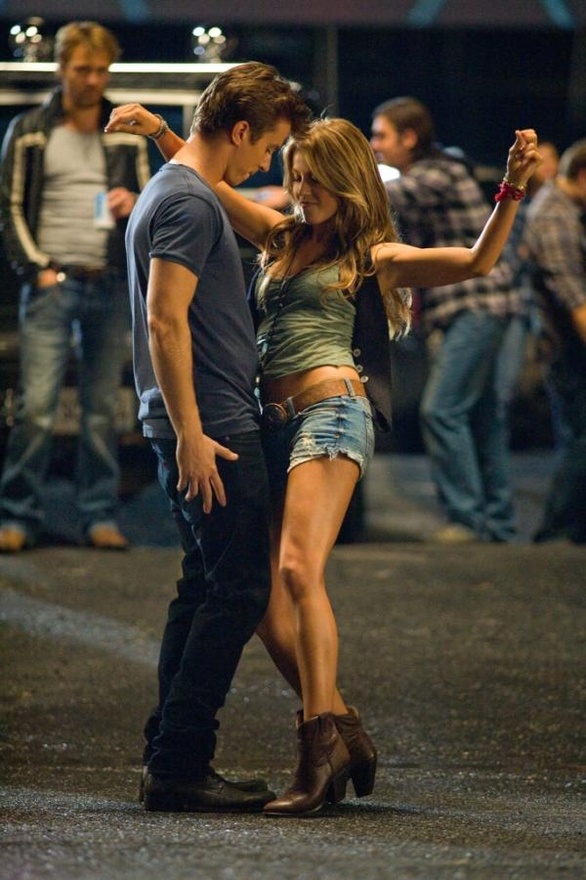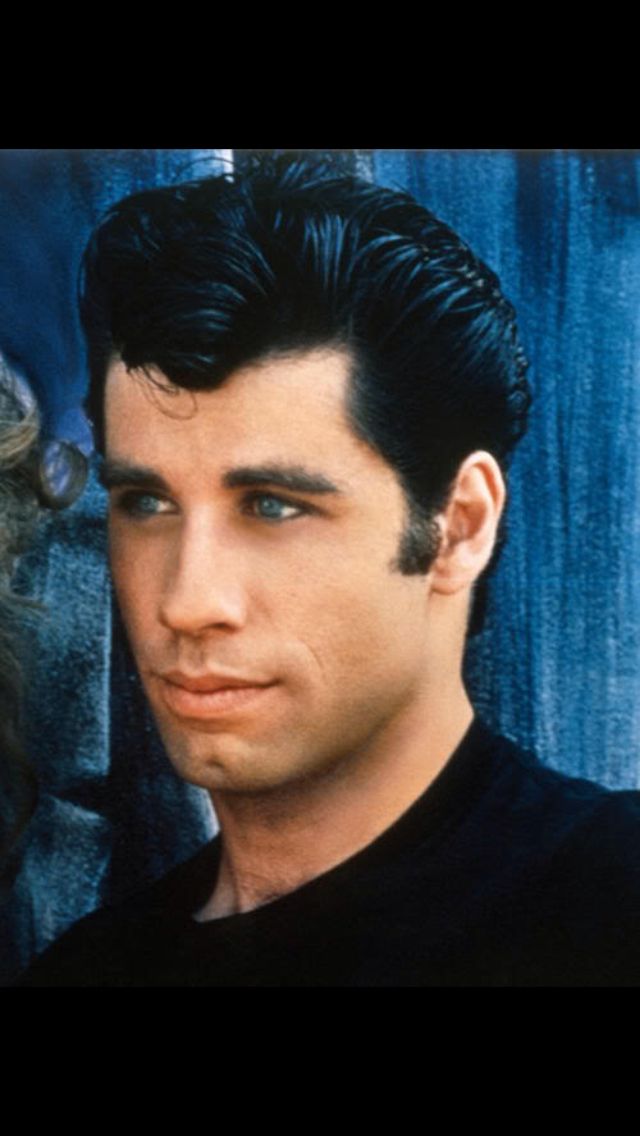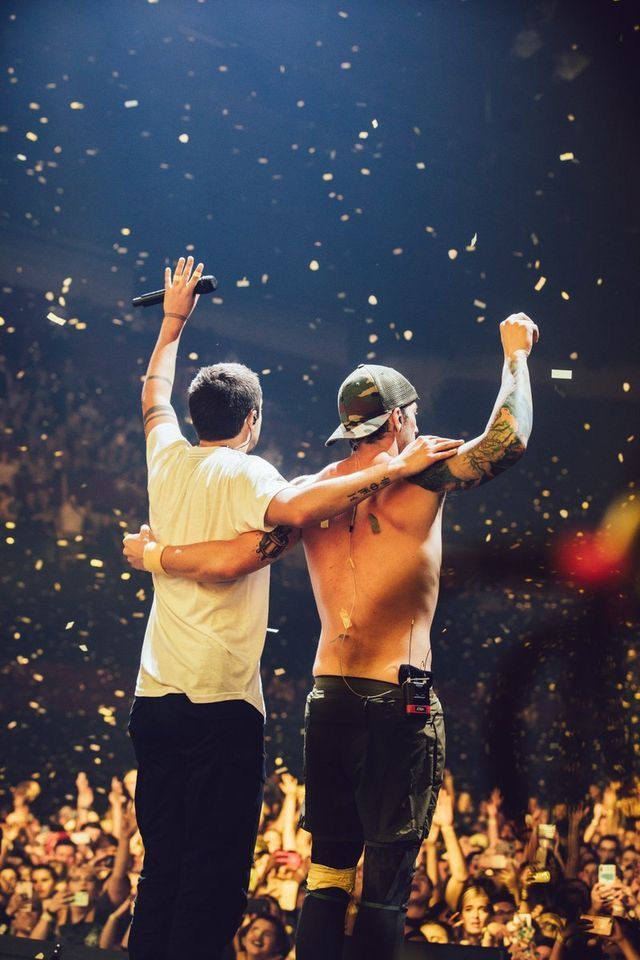How did dance evolve
Discover the Evolution of Dance
Dancing is poetry for the feet – John Dryden
Who really knows the origins of classical dance or contemporary dance?
To study the history of this artistic discipline and prepare for formal dance competition – say, to audition for entrance to a dance company, you must know of the origins and evolution of dance.
In addition to being useful for your studies as a dancer, having dance history in the curriculum at your dance school can enrich your personal culture and give a better understanding of the evolution of each genre of dance.
Leap with us now, into the constantly evolving art form we call dance!
The best Dance tutors available
Let's go
Dancing at the Dawn of Time
This primitive human cave drawing depicts a successful hunt; surely a dance followed! Source; Wikipedia Credit: Bernard GagnonIf the art of dance is so pleasing to us, it is surely because dance as an art is rooted within us.
![]()
The existence of dance goes back to prehistoric times. In European, African and Asian caves, there are drawings depicting the first humans practising this art.
One of the best-known examples is that of the dancing sorcerer in the French department of Ariège, within the Cave of Trois Frères.
Archaeologists have further uncovered tombs adorned with drawings of dancers in Egypt, and similar depictions in the rock shelters of Bhimetka in India; those inspirational portrayals being over 30,000 years old.
These cave paintings are particularly valuable for art historians. However, because the depicted dance is composed of abstract movements, it is a complex science to tease out its precise meaning.
Dance is considered essential to the evolution of civilisation.
Since the first humans had not yet crafted language, it was through their body's movement that they communicated.
Tribes developed a system of motion – a dance, to recognize their members. Any human not knowing the routine would be greeted less cordially.
Around 4000 BCE, we find evidence of early dancing technique.
Humans developed religious dances by incorporating moves such as the splits, ensemble dancing and twirling.
Those dancers evidenced symmetry of movement and rudimentary choreographic design: dance trends became graceful and harmonious.
The art of dance is not to be trivialised: it is, in fact, one of the most ancient arts, without which our ancestors would have had much trouble communicating.
Dance music did not yet exist; still, people danced! Makes you wonder what beats they danced to, and if there was any form of singing...
Check out these private dance classes.
Dancing in Antiquity
It is indeed during this period that the activity we call dance gained traction.
At the peak of the Pharaohs' Egypt, drawing techniques improved, allowing today's researchers to learn more about trending dances of those times.
Egyptian dancers demonstrated great flexibility and equilibrium. Depictions show dancers balancing on one leg, with the other outflung, and arms thrust before them.
Although dance was important in ancient Egypt – for rituals, fitness or entertainment, it was in Greece that dance styles seem to have diversified, in choreography and in purpose.
Dance innovation in Greek civilization included:
- religious dances
- dramatic dances
- lyrical dances
- other special dances
In that epoch, dancing was seen as a means of communication between mortals and immortals.
The Greek people danced in celebration of the god Dionysus, although dancing featured in other rituals, as well.
In his work Saltatione, Syrian satirist Lucian of Samosata explains the importance of dance:
Those who spoke with veracity of dance's origins claim that it was born at the very time of creation of all things, and that it is as old as love, the oldest of the gods.

Dance fulfilled several functions in ancient times, among them:
- a method of communicating and creating bonds during social interaction
- a way of praying to a god during official ceremonies and religious rituals
- an appeal to heal a wound; those were especially macabre dances!
- a means of expressing feelings about the opposite sex or family
There were slow, serious dances that conveyed a tragic feeling. Others were more frenzied, meant to express a satirical feeling. Finally, there were lively and energetic dances to mirror the joy of the dancers.
Discover different dance classes for toddlers on Superprof.
Men, women and children did not always engage in the same dance styles.
Dance was above all a means of distinguishing social classes: gender, age and one's country of origin.
Do you see now, that to become professional dancers, we will have to delve into some textbooks to learn the history of this art?
Search for dance classes near me here.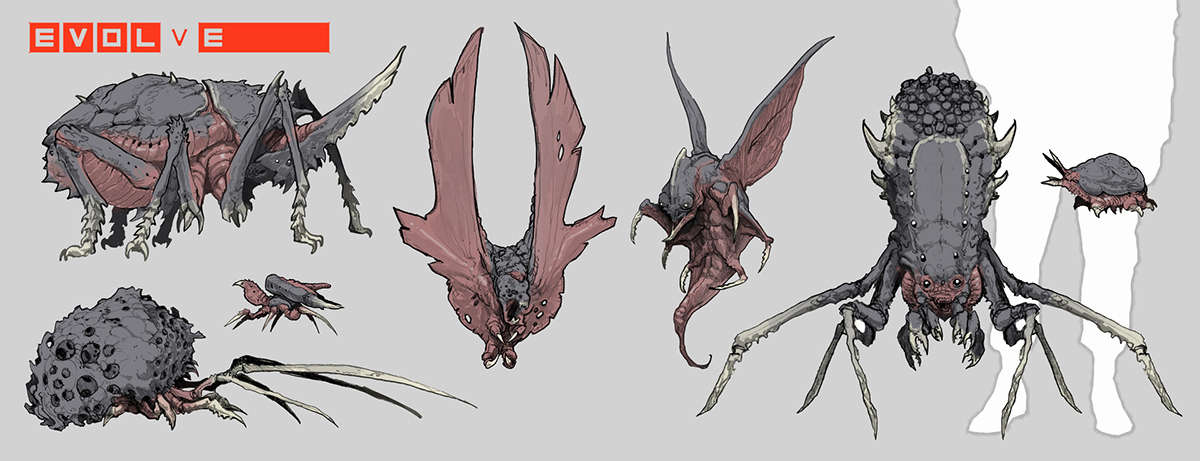
The best Dance tutors available
Let's go
Dancing in the Middle Ages
You may contend that people didn't do much to promote dance in that dark period of human history, long before anything like Zumba or jazz dance was taught.
The Christian church of the time saw dance in any form as an unscrupulous activity.
To avoid scrutiny, avid dancers of all ages took to practising their dance moves at night, seemingly in protest of strict religion.
Nocturnal dancing gave rise to debauchery – naturally condemned by the Church, which attempted to simply forbid any dance performance, without ever wholly succeeding in suppressing it.
That really shows how the need for dance ties into the human psyche, doesn't it?
Teasing out an understanding of dance during medieval times is particularly difficult.

During that era, only the most erudite, nobility and the clergy, knew how to read and write.
Thus there are few records of any dance steps from the Middle Ages since nobility generally heeded the Church's instructions.
Folk dancing, on the other hand, lets commoners' passion flow: they believed in celebrating life to lyrical repertory!
By the by, through pressure from the Church, religious dances began to fade away... only to give way to new forms of dance artistry!
From the sixth century on, the French invented playful styles of dance, with steps intricately choreographed for dancing groups, around the singer.
That is a bit of trivia to know about dance, should you aspire to one day become a renowned dancer!
Dance and music were treated as two inseparable artistic disciplines: people repeated the songs' chorus while dancing around him.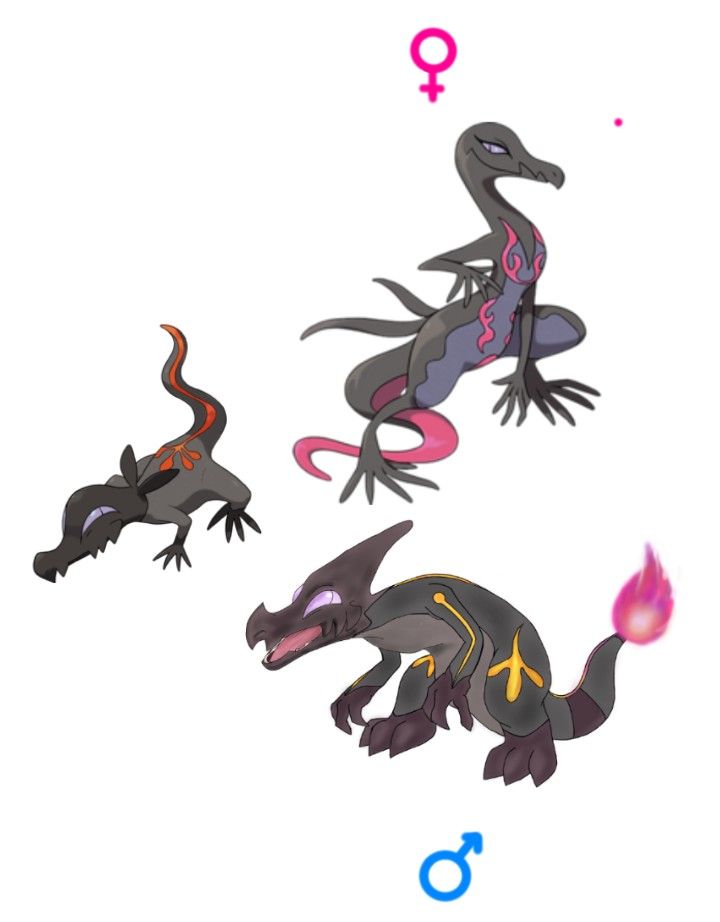
The most popular dances of the medieval era were:
- The Carol
- The Tresque
- The Estampie
- The Ductia
- The Saltarelle
Even in our very modern 21st century, when all manner of hip-hop and Gangnam Style prevail, it is quite possible to learn how to dance medieval dances!
In dance class, at any dance studio; during private lessons or any venue that provides dance education: you can find an instructor keen for introducing medieval dances.
For an introduction to medieval dance, it is not necessary to be a professional dancer or join a master class... In fact, you can find medieval dance practised at most any dance festival.
Such a dance routine is taught in a convivial atmosphere, be you more eager for couples dances or a dance class for children and teenagers.
Lessons in medieval dance allow us to revisit its acrobatics and to retain primitive choreography, all while encouraging discovery of the rich history of dance that our country is proud to have.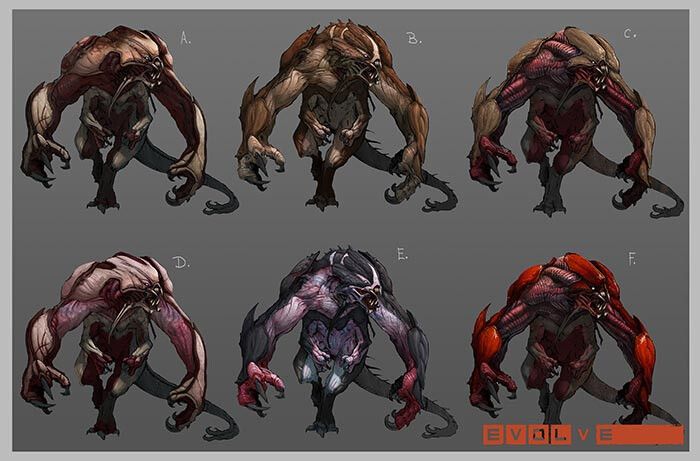
Some dance quotes may boost your confidence and inspire you to discover your rhythm.
Why not ask your dance teacher where you can learn to dance the Carol?
Debut your couples' dance at the next dance party! Source: Pixabay Credit: Alexey_MarkovThe Art of Dance in the Modern Era
The 18th Century brought us a style of dance that we all know very well, still today: the ballet.
Classical dance was particularly popular in France and Italy. Jean-Baptiste Lully contributed to this popularity thanks to his musical compositions, which he performed both for the King but also at the Paris National Opera.
Thanks to the enthusiasm provoked by these well-rounded yet unpolished performances, the so-called Ballet d'action became a means of communicating subtle messages outside of the current political regime.
A ballerina could thus make a political statement without risking her head!
Performers often donned masks in order to draw the audience's attention to the dancers' bodies; in other words, the moves were the meaning.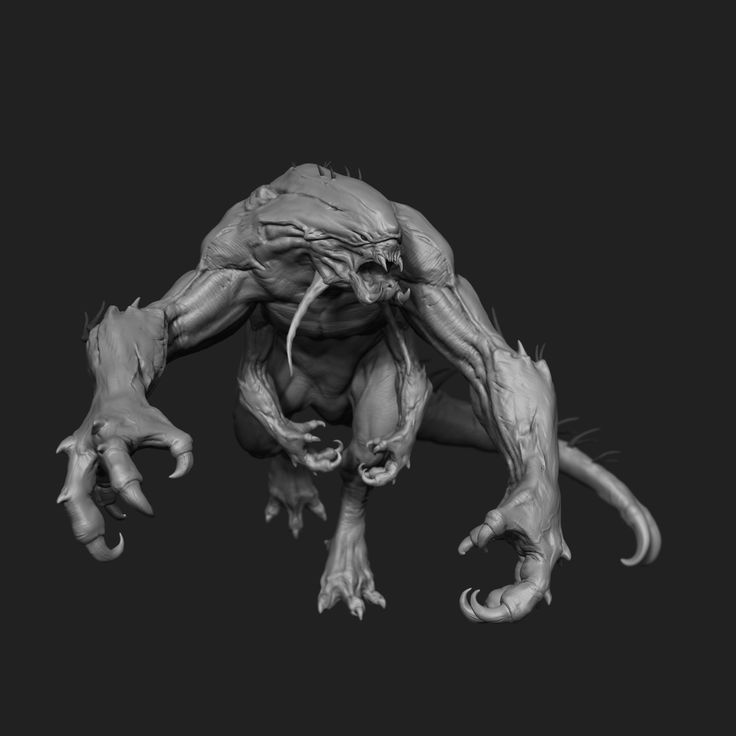
Dancers ' costumes helped the artists to feel freer, a feeling shared by beginner dancers today.
Shoes and costumes helped to accentuate the fluidity of the body, giving poise and precision to movement.
It was during this era that the famous demi pointe was born.
During this epoch, the classical ballerina represented the epitome of French dance culture, sometimes at the expense of male dancers, who seldom received any level of recognition!
One such talented figure was Marie Taglioni who, at one point during her illustrious career, taught social dance in London!
At the same time, in France, some dancers engaged in what was called danses savantes, consisting of measured and complex choreographies.
The visual artist had to show intelligence and a concentration to be able to execute the movements to perfection, all to a fast tempo!
At that time, such scholarly dances were reserved for the elite.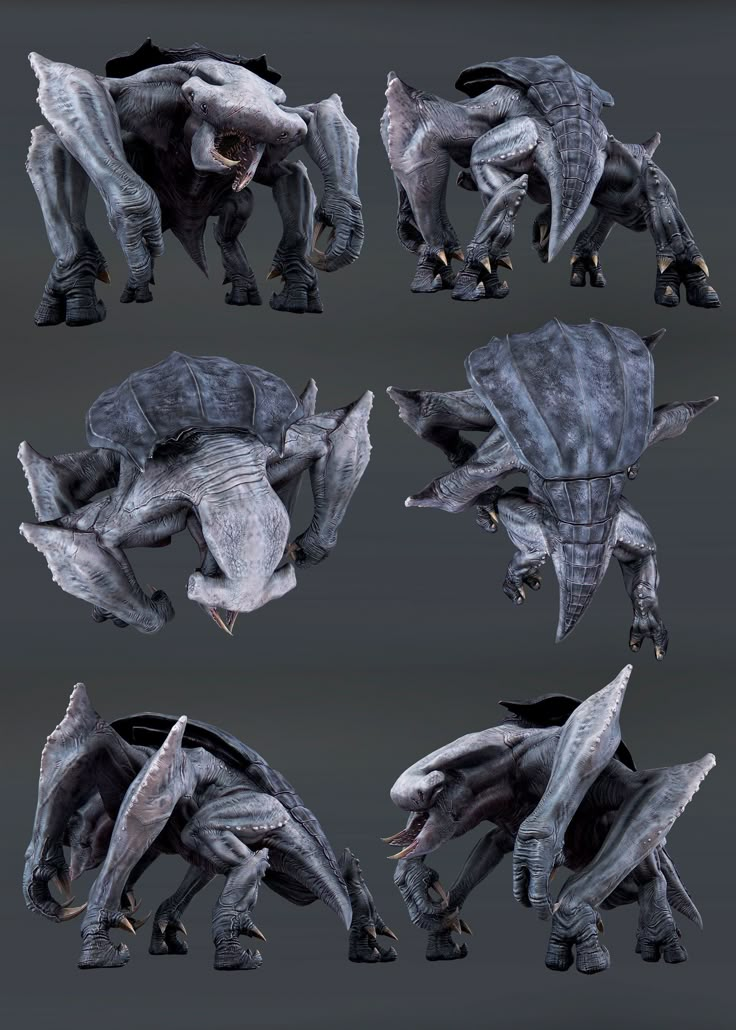 Today, they are accessible to all, through qualified instruction with the best choreographers.
Today, they are accessible to all, through qualified instruction with the best choreographers.
You could also acquaint yourself with them at any of our numerous festivals, held in honour of such dances!
Participating could be your chance to learn to dance like royalty!
Discover also our dance courses Birmingham, should you live in the centre of our island...
You too can celebrate the joy of living through dance! Source: Pixabay Credit: Clicker-Free-Vector-ImagesModern Dancing in the Current Era
Have you seen comedian Judson Laipply in his hilarious evolution of dance video series? It is one of the most watched viral video series on Youtube!
That series parodies the most popular American dances of all time such as the Robot, the Twist, Thriller, and the Touchdown dance.
It was during the 20th century that dance began to evolve into the new dance that is commonly practiced today.
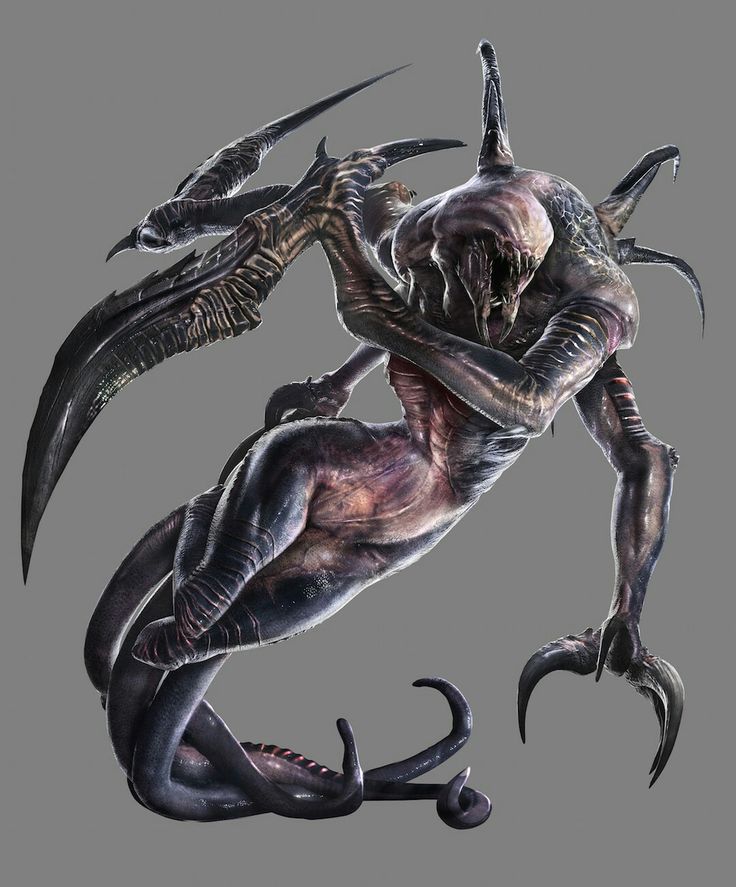
Aspiring to move away from the aristocratic reputation of classical ballet and the limiting "intellectual" dances, more than one choreographer helped popularize modern dance as well as modern jazz (now one of the most studied in dance studios across the country).
While classical dance was rather considered a variation of gymnastics in groups, modern dance puts emphasis on the individual dancer.
Since the 20th century, dance schools have been teaching much more varied styles:
- Tap dance
- Sports dance classes (stretching courses, online Zumba courses, ground barre courses...),
- Argentine Tango
- Salsa
- Hip-hop and jazz hip hop
- Cha Cha
- Swing and East Coast Swing
- Flamenco
- Bachata
- Oriental Dances
- Ragga Dancehall
- Ballroom Dancing
Naturally, you can still take ballet classes or dance the Macarena!
After the Second World War, in an effusive liberation of spirit and movement, contemporary dance took centre stage. .. and hasn't left yet!
.. and hasn't left yet!
Its fusion of different styles, incorporating elements of jazz with ballet technique, learned in intensive dance training, contemporary dance plays on rhythmic changes and improvisation.
The contemporary dancer seeks above all to express independence, diversity and creativity through varying tempos; a repertoire demanding focused dance training, and great technique.
Youtubers thrilled to see Jimmy Fallon and Will Smith on stage, dancing a look back over hip hop's evolution! In another instalment, First Lady Michelle Obama joins the Tonight Show for a medley of 'mom dances'...
Dance clubs, dance schools and workshops for dance and music offer contemporary dance lessons for all ages and levels, beginners through intermediate and advanced.
Discover also the most mythical dance films or our competitive Pilates courses...
Hundreds of Superprof dance instructors offer lessons ranging from ballet training to any other style of dance at attractive prices: Why not get started?
Search the web for 'dance classes london' or whichever city you live in now!
And then, head to youtube for move viral videos on dance specialities!
How Has Dancing Evolved As An Art Through The Years
“If I don’t dance for even a day, I feel like something is missing. Dance has taught me how to present myself, to be confident, and it is major part of my life now. I feel like I’m constantly creating something, and that makes me satisfied”, said Harshad Ghohil, Creative Director at Split Sole Dance Academy.
Dance has taught me how to present myself, to be confident, and it is major part of my life now. I feel like I’m constantly creating something, and that makes me satisfied”, said Harshad Ghohil, Creative Director at Split Sole Dance Academy.
Dance is a form of art, and whether it’s the music, culture or the history behind it, dance has always been a way for people to express themselves. We’ve seen and witnessed its evolution right from jazz, waltz, cha cha cha to viral dance steps like the Whip and Nae Nae, the Ketchup Song, Juju on That Beat, and more.
In America, dances from the 1920s were often characterized as wild and carefree, like the shimmy, Charleston, and most Gatsby parties. In the clubs, dance contests known as marathons would happen, where one dances till you can’t dance anymore. The records made and beaten all around the country ranged from hours to days to weeks. In the late 1920s arrived the tango and the waltz, and still form a crucial element in dance shows like Dancing with the Stars or So You Think You Can Dance.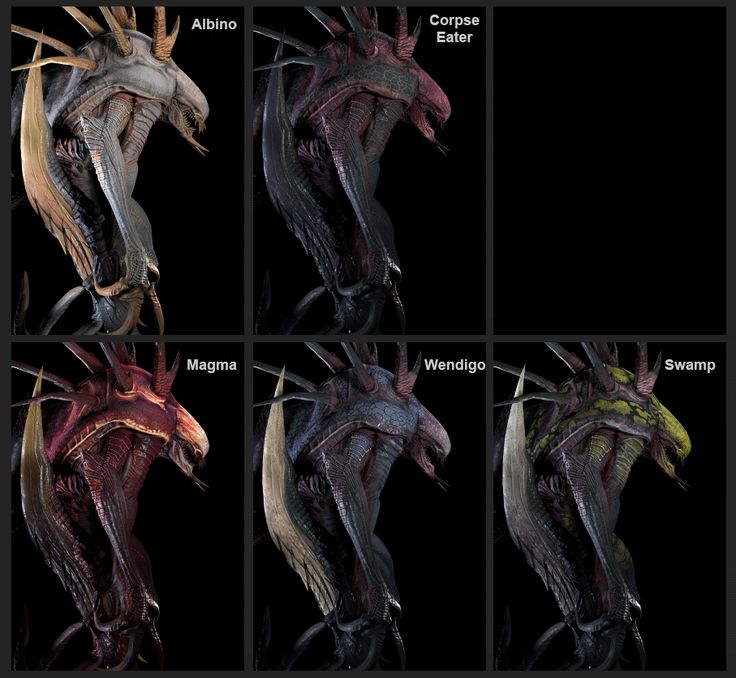
Dance forms like jazz, jitterbug and swing largely belonged to the 1930s and 1940s. But the 1950s was the year of growth and rebellion. Major dances from the 1950s like the twist and other dances made popular from this rock and roll era influenced movies like Grease, Hairspray, and La La Land. From their poodle skirts, socks, and white tennis shoes, this was the era of the pink ladies and dirty dancing.
Image Credits: City Dance Dance AcademyOver 400 new dances were introduced in the 1960s. Artists like Nat King Cole and The Beatles had a huge influence in this era for dance. The colorful, bright, soulful disco era, of the 1970s saw dances like the hustle, the YMCA, and soul train lines. This upbeat era kept everyone on their toes. The 1980s gave birth to break dancing, hip hop and line dancing which influenced dance culture tremendously to this day. The 1990s had dances like the running man, and the macarena that still are popular in dances that kids do today. The 90s popularized major artists such as MC Hammer, Vanilla ice, and Black Street.
The 90s popularized major artists such as MC Hammer, Vanilla ice, and Black Street.
In India too, dance has had a glorious evolution. Although dance forms like kathak, kuchipudi, folk dance, etc. still enjoy a prominent place in people’s entertainment fix, the 1950s brought about a revolution, with dance being incorporated into films and thus Bollywood gained its internationally popular identity. Then heart-throbs like Mithun and Rishi Kapoor brought Disco in all its glory in the 1980s.
Image Credits: PaperToStoneThe 1990s saw an influence of the Western style of dancing, and even the songs rolled out had a major hip-hop, and street flavor in them. The 2000s onward saw a fusion of dance styles, yet keeping the individual tones alive.
We caught up with Mumbai-based Split sole Dance Academy to get insights into the fascinating world of dance, and here’s what they had to say –
Origin of dance
Home » Themes » Dances
Category: Dances
The origin of dance began in ancient times. In confirmation of this, it can be mentioned that the first images of this action are contained in rock paintings dated to the 6-8th century BC.
Dancing in rock paintings
It should be noted that initially the dance was far from entertaining and cultural. It was a way of communication, self-expression, enlightenment, and even a way of mass suggestion. In ancient times, people expressed all the most important events (love, war, hunting, etc.) in ritual dances, which often copied the habits of various animals. The plots of such choreographic compositions were mainly of a domestic nature - with their help, people turned to the gods, expressed their feelings and raised their morale before any battle or hunt. Such ritual dances contributed to the overall organization and maximum cohesion, which was very important in those days.
Very often dances were used as a rather powerful tool for mass suggestion and strong manipulation of people. Among the most striking examples of such dances are the ritual pas of shamans and African dances. The combination of the rhythm of musical instruments (mainly percussion) and the tempo of dance movements, which gradually became more complex and accelerated, had a very strong effect on the participants in this ritual. Similar choreographic compositions have been used to put people into trance states to achieve enlightenment and mass relaxation.
Among the most striking examples of such dances are the ritual pas of shamans and African dances. The combination of the rhythm of musical instruments (mainly percussion) and the tempo of dance movements, which gradually became more complex and accelerated, had a very strong effect on the participants in this ritual. Similar choreographic compositions have been used to put people into trance states to achieve enlightenment and mass relaxation.
African dances
With the development of mankind, dance also developed, because it was an integral part of life. With the maturation of the concepts of society and culture, the set of movements took on a “form”, a concept, filled with meaning and harmony.
The development of dance in different cultures
Each culture had its own concept of dance, its purpose and content. For example, the choreographic compositions of the Japanese and Chinese peoples were distinguished by grace and a special rhythm.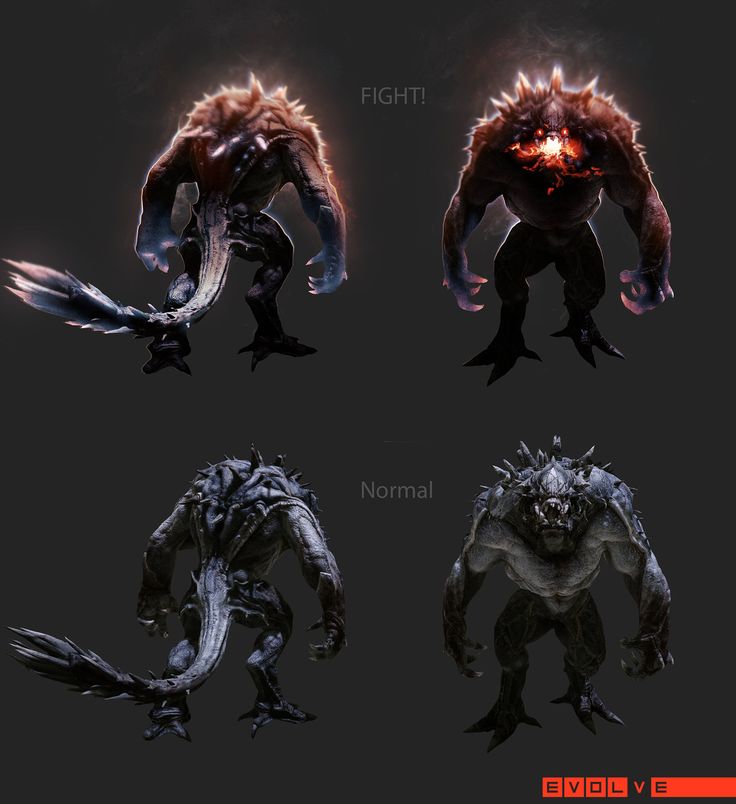 Each movement had its own semantic meaning, and the dance in general can be compared with the art of writing hieroglyphs. In Europe, dances had a compositional character and embodied a harmonious holistic combination of the movements of the soloist and the ensemble. Unlike Indonesian choreography, which is based on fixed strict steps, Indian dance art is full of smooth movements that express mood and various feelings. It is worth noting that Indian dances are considered the most ancient. According to the legend of Hindu belief, the deity Shiva, performing a beautiful dance, turned the general chaos into the Universe.
Each movement had its own semantic meaning, and the dance in general can be compared with the art of writing hieroglyphs. In Europe, dances had a compositional character and embodied a harmonious holistic combination of the movements of the soloist and the ensemble. Unlike Indonesian choreography, which is based on fixed strict steps, Indian dance art is full of smooth movements that express mood and various feelings. It is worth noting that Indian dances are considered the most ancient. According to the legend of Hindu belief, the deity Shiva, performing a beautiful dance, turned the general chaos into the Universe.
Oriental dances
From primitive movements to modern choreography
The history of modern dance began with the advent of rock and roll in the 50s. This type of dance created a real revolution in society. With his appearance, the style of clothing, demeanor and even the moral principles of youth have changed.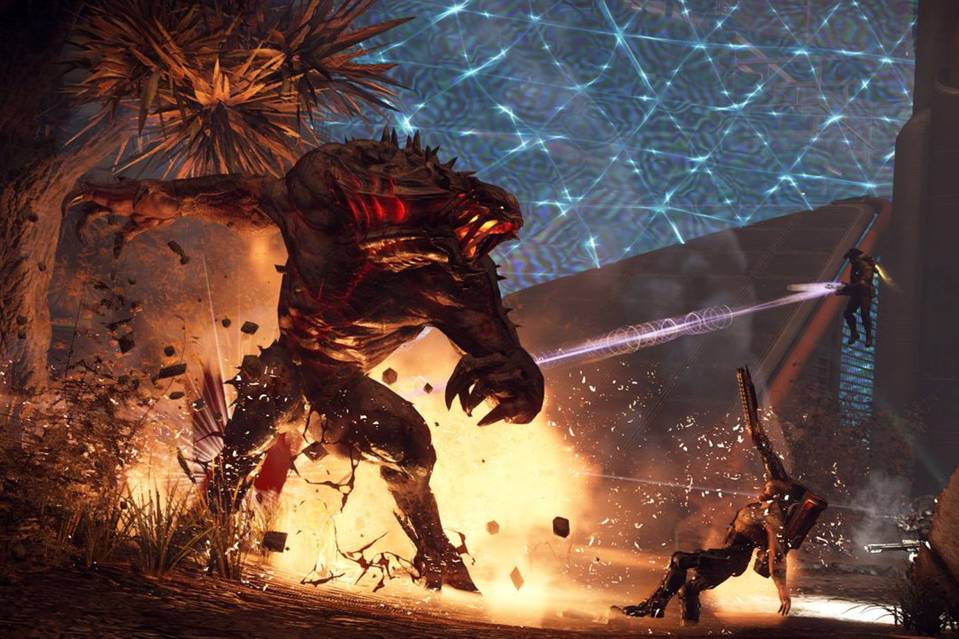 Rock and roll is a combination of music, in which European and African motifs are intertwined, and dance movements, where some kind of aggressiveness, complex support and careless attitude towards a partner can be traced.
Rock and roll is a combination of music, in which European and African motifs are intertwined, and dance movements, where some kind of aggressiveness, complex support and careless attitude towards a partner can be traced.
Modern rock and roll
Many people considered this kind of choreography to be vicious and unacceptable for decent people. But, despite this, rock and roll gave a good impetus to the emergence and development of a huge number of new types of dances, which are still very popular.
Like this article? Share with friends:
The history of dance from antiquity to the present
International Dance Day is a holiday dedicated to all styles of dance, celebrated on 29April. Initiated in 1982 by the UNESCO International Dance Council.
The date was proposed by the teacher and choreographer Pyotr Gusev in memory of the French choreographer, ballet theorist and reformer Jean-Georges Noverre (1727-1810), born on this day, who went down in history as the "father of modern ballet".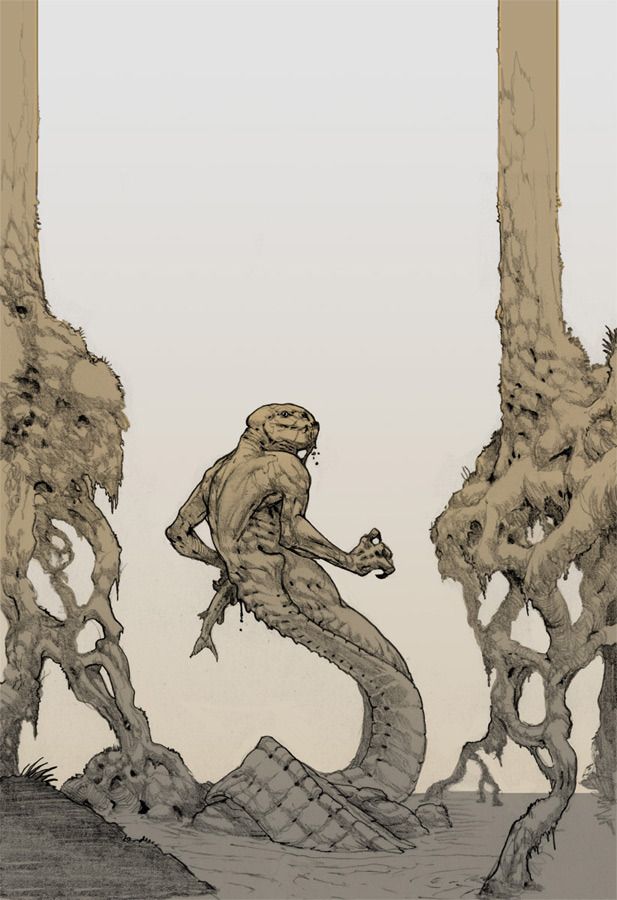
As conceived by the founders, International Dance Day is intended to unite all areas of dance, to become an occasion to honor this art form, its ability to overcome all political, cultural and ethnic boundaries, the ability to unite people in the name of friendship and peace, allowing them to speak the same language is the language of dance.
From the moment when a person begins to walk, move, run, he expresses himself plastically. Sometimes, in order to understand each other, a gesture, a turn of the head, a glance is enough. Look - here is a couple walking down the street at dusk. You see them only from the back - and yet immediately determine whether they are just acquaintances or lovers. This is plastic. When a person is in grief, he becomes petrified. And the suffering of a silent person cannot be confused with the thoughtfulness of an inquisitive youth. It's also plastic. Everyone is capable of plastic expression of their emotions, therefore dance unites people.
The history of the emergence and development of dances is rich and multifaceted.
Dance is one of the oldest art forms. Its appearance is attributed to the times of primitive tribes. Naturally, in that era the type of dance and its purpose differed significantly from modern ones. The development of this art went through several stages, the dance changed, as did society as a whole.
Primitive dance
Dance began its life together with man. The history of the emergence of dance is inextricably linked with the history of human culture. There were dances ritual, hunting, labor, military. They were passed down from generation to generation. No matter how smart a person is, no matter how wide the range of his interests, nevertheless, his life, if he is not able to express his feelings in music, in song, in dance, inevitably turns out to be impoverished. It is not for nothing that in ancient Greece, where the aspirations to educate a harmonious personality were so developed, philosophers, like all citizens, did not shy away from dancing, and it is known for certain about the great playwright and poet Sophocles that in honor of the victory of the Greeks over the Persians, he publicly sang and danced “ceap ".
The Greeks understood the nature of dances, they understood that dance is able to reveal what drama, music, painting are powerless to face. The subtlest impulses of human feeling are subject to dance when it becomes art. Look at ancient Greek stelae, red-figure or black-figure vases. Here the bodies themselves delight, scream, rejoice. We say it's plastic.
It is difficult for historians to determine exactly when people first began to dance. And yet, the antiquity of this event can be judged by the ancient rock paintings found in India, which depict dancing people.
It is assumed that dance movements were used by primitive people even before the appearance of speech. So they could convey their emotions and experiences to each other. In addition, the dance could include the moment of the game, gave the dancer the opportunity to "reincarnate". For example, hunters wove movements characteristic of animals into their dance.
Another feature of the ancient dance is its strong connection with rituals. Not a single ritual was complete without a special totemic dance, which could last for several days.
Not a single ritual was complete without a special totemic dance, which could last for several days.
Dances of ancient cultures
Dances are mentioned in the Old Testament. Archaeological finds testify to the presence of this art in ancient Egypt. Judging by the old drawings, collective female dances were widespread there.
India is rich in deep dance traditions. To this day, 2 types have come down - pure dance (Nritta) and story dance (Nritya). Nritta is a body movement combined with hand gestures. Nritya is a dance that tells a certain story. Special poems are written for this dance type. In ancient India, ritual dances performed at special venues in temples also played an important role.
In ancient China and Japan, the art of dance also developed successfully. Initially, the dance was mainly part of the rituals, and the profession of a dancer echoed the profession of a priestess. Later, the art of dance began to be taught to all girls. In addition, a plot dance was developed in the Far East, which was inseparably connected with the theater.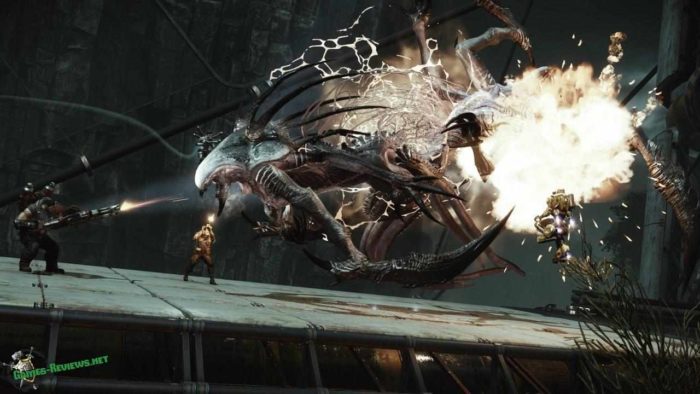
In ancient Greece, dance played an important role in the life of society; here, along with other ancient Greek gods, Terpsichore, the goddess of dance, was revered. It is from the Greek term "Χορός" that the concept of "choreography" originated. In Greece, there were several types of dance - ritual, military, plot, marriage and salon. Men and women danced separately.
Middle Ages and the Renaissance
In the Middle Ages in Europe, with the advent of Christianity, dance began to be considered a relic of the pagan past. Ritual dance disappears almost completely, and even folk dances are not approved. However, in the XIV century, among the nobility, salon dances (branle, sardana, pavane and others), which are danced by a lady and a gentleman in pairs, become widespread. Balls are getting popular.
During the Renaissance, both salon and stage dances developed. In the 17th century, ballet appeared, the first ballet school was opened. In the 18th century, the waltz, square dance and bolero were born.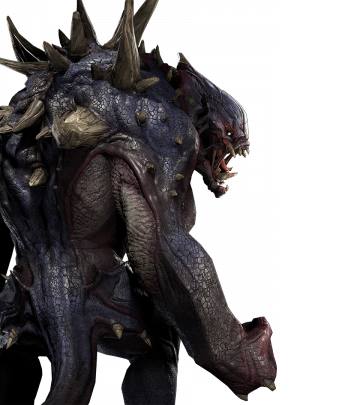 The profession of dance master (choreographer) appears.
The profession of dance master (choreographer) appears.
Modern and folk dances
Dance was an integral part of any folk festivities. We cannot imagine real fun without dancing. The energy of joy, apparently, is a special energy, because it inevitably splashes out, pours out into movement. Every nation, every nationality has its own special set of movements, its own rhythm, a very special plasticity. This was fixed and turned out to be as persistent as the national costume, the national character. Different eras, changes in the way of life, in social and cultural relations were reflected in the dance. Fashion also influenced the development of dance. Folk dances have developed in each country and, like national clothes or architecture, have their own unique features for each nationality. Each nation had dances with different moods and purposes. Mostly cheerful dances have survived to this day, without which not a single folk festival could have done before.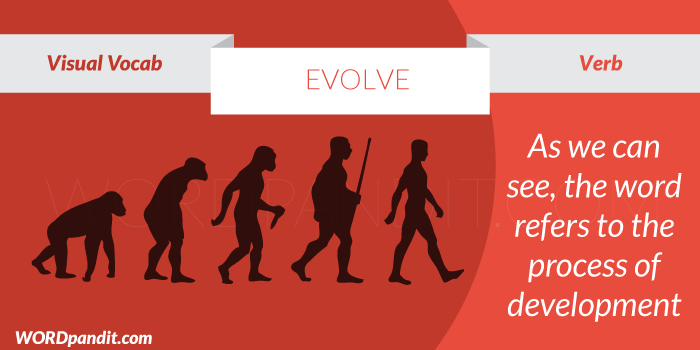
Ballroom dancing
When the dance moved from the squares to the halls of the palaces, it became an expression of the lifestyle of the ruling strata of society. They said about the favorite minuet in the 18th century: “He who dances the minuet well, does well everything that he undertakes, and can undertake everything.”
Elegance of manners, nobility of posture, refined reverence, which were necessary in a minuet, were the most necessary qualities of a courtier.
In those days, ballet appeared at the court, which very soon became the favorite pastime of kings. It is known that Henry IV and his minister Sully danced in a ballet composed by the king's sister; loved to participate in the ballet Louis XIV.
In the 20th-21st century, many new dance styles appeared - swing, hustle, breakdance, contemporary, etc. Ballroom and historical dances developed. Modern dances are usually divided into 3 broad groups:
• stage;
• competitive;
• entertainment.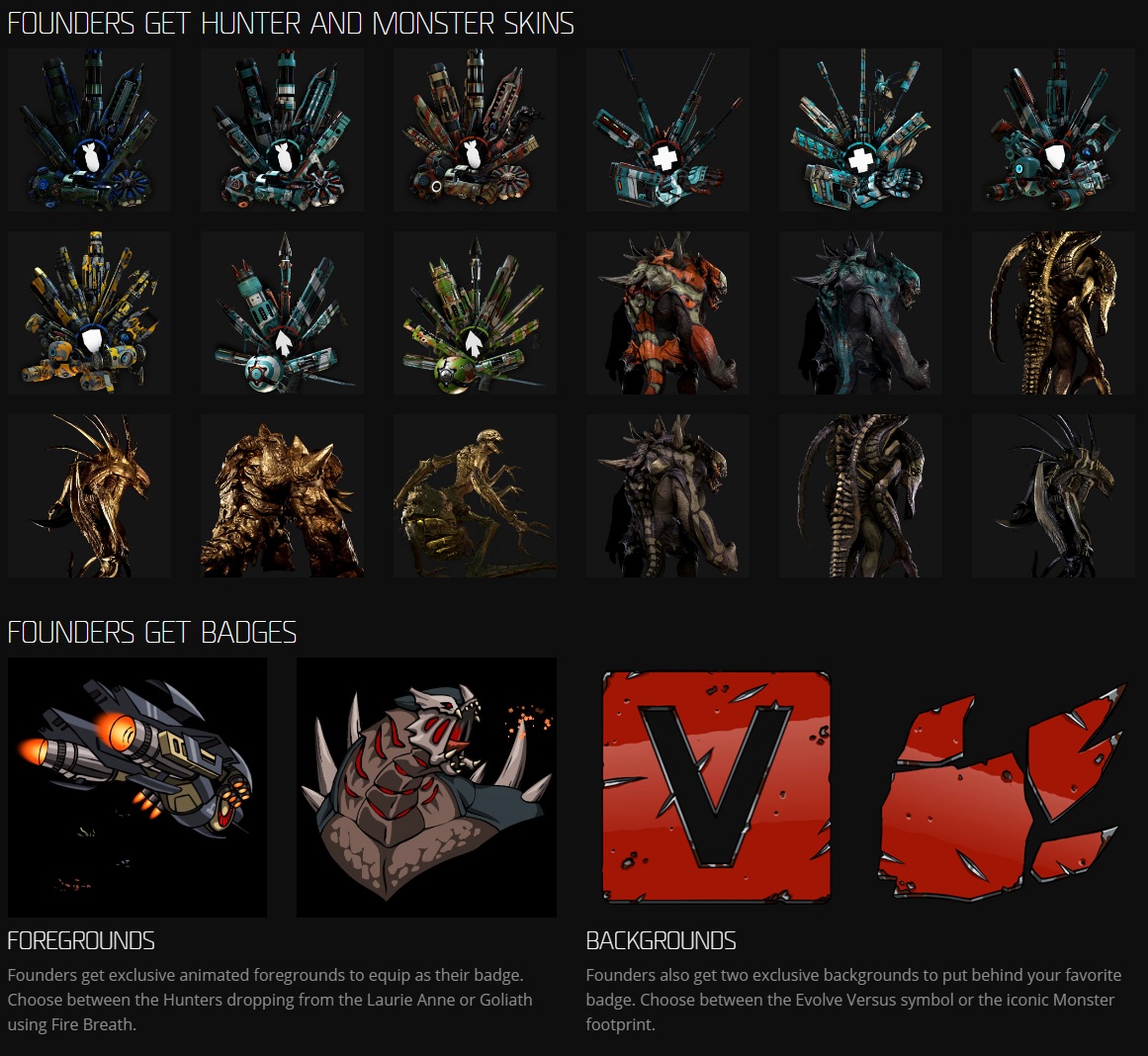
Ballet.
In Russia, the first ballet was staged during the reign of Alexei Mikhailovich at Shrovetide in 1672, its plot was borrowed from ancient life.
Dance has endured a long battle to become an art in its own right, separate from singing and drama. And so Terpsichore began to be called the muse of ballet. There was such a profession as a composer of dances, in most cases he is also their director (we say - choreographer).
The outwardly brilliant and always difficult fate of the ballerina surprised me. The dance consolidated its own laws, rules, summed up certain movements that exist to this day. As in painting there are colors, in music there are notes, so in classical ballet there are certain poses, movements, from which, like letters, choreographers, and then actors add words, from words - phrases, from phrases - poems, stories, novels.
A special plastic language emerged, capable of conveying the most complex movements of the soul.